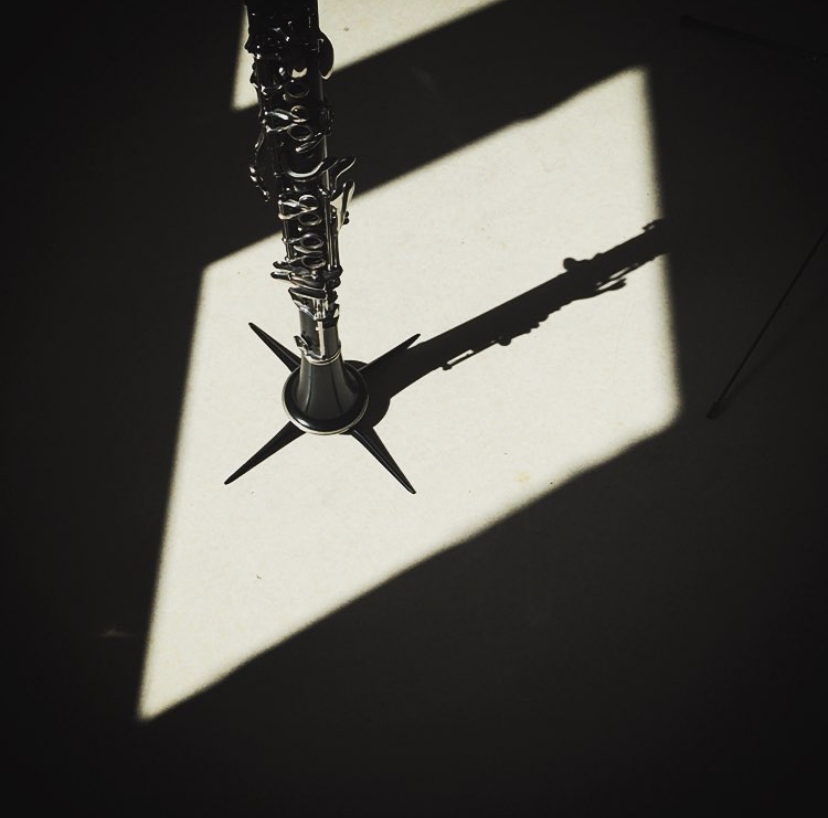Band directors: Should your clarinetists be double tonguing?
Throughout the years, I’ve taught quite a few sectionals and have worked with many school clarinet programs, and a common question band directors ask is if their clarinetists should be double tonguing.
There are no definitive answers because it depends on the ability level and repertoire of your band program, but here are my thoughts:
(Disclaimer: These are my opinions as a clarinet performer, researcher, and pedagogue. Band directors reading this know the ability levels of their students and can make specific recommendations and decisions based on their musicians.)
If I had to give a universal answer, I would say that no, clarinetists shouldn’t be expected to double tongue (at least not in middle school and high school programs).
Since most clarinetists begin learning the instrument around ages 10-12, they are still developing and refining all the basic fundamentals throughout middle school and high school.
Articulation is particularly difficult to teach, since you can’t observe the inner workings of the mouth to correct any issues which may arise. As a result, many clarinetists are able to sneak through years of band by anchor tonguing, puff breathing, or other detrimental articulation habits. Even advanced students still need time to refine the quality of their articulation before increasing the speed.
Double tonguing is a very advanced technique which takes many committed months (if not years) of dedicated practice to develop and refine, and asking middle school or high school clarinetists to use this technique is like asking toddlers to run before they can walk.
I understand that a significant amount of ensemble repertoire requires rapid articulation, and it can be tempting to encourage clarinetists to double tongue (especially if your flutes, trumpets, or other instruments are using this technique), but I think it is important for clarinet students to establish proper fundamentals and reasonable (single) articulation speed before embarking on their extended techniques journeys.
While clarinetists are building their single-tonguing speed, you can change the articulation pattern (slur two, tongue two or other similar patterns) to help imitate the effect of faster tonguing.
I hope this helps answer any questions you have, and I’d welcome your thoughts on the subject in the comments.
P.S. Here is my complete guide to clarinet articulation to help your clarinetists build a solid foundation.
